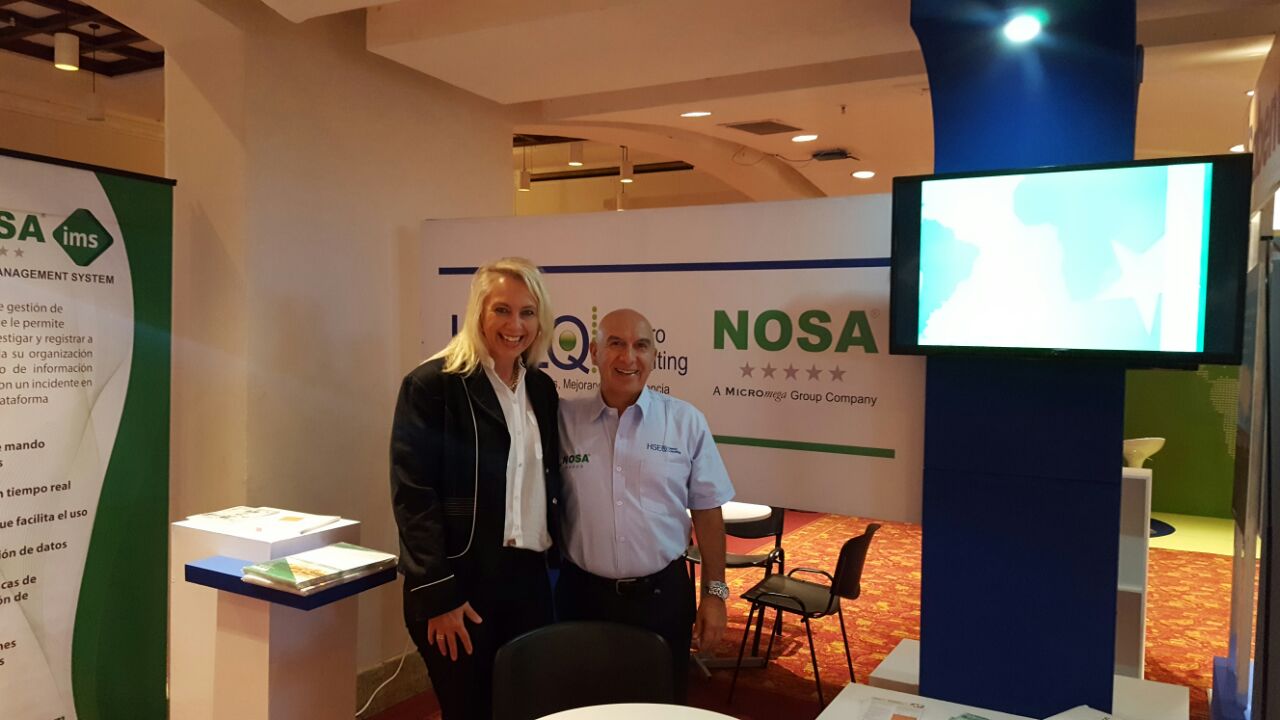
In 2014, the European Agency for Safety and Health at Work (EU-OSHA) published a foresight report on new and emerging occupational safety and health (OSH) risks and challenges. In this foresight report, the EU-OSHA identified five new and emerging risks and challenges that would drive change in the field of occupational safety and health.
These identified risks and challenges are:
- The impact of information and communication technology (ICT) on work and OSH;
- The impact of globalisation of trade on managing work;
- The impact of the financial crises on the nature of work;
- The impact of changing location on OSH;
- Trends in human resource management practices affecting worker well-being.
The EU-OSHA report (Cox and Fletcher, 2014) reflects on the pervasiveness of ICT across most industries and “many different types of jobs”, and explains that ICT “would be present in every element of work in a way that we cannot yet predict”. Cox and Fletcher (2014) state: “The potential impact of information technology on work and OSH takes three forms. First is the emergence of new technologies which may affect how people do their jobs e.g. individual devices attached to clothing which can monitor [a] worker’s movements and physiological state, second is the growth of existing technologies e.g. mobile IT devices, and third is developments and evolutions in how technology enables organisations to structure themselves and to organise work.”
The findings of the EU-OSHA foresight report are confirmed by several recent global megatrend and risk reports (Singh, 2015; World Economic Forum, 2015). These reports allude to the fact that robotics and automation will have an impact on all industries and aspects of life. Closely related to the pervasiveness of ICT is the rise of hyperconnectivity, or what is referred to as, the Internet of Things. Therefore, it is not surprising that ICT would also have a significant influence on the mining industry and more specifically, in the form of the global drive, towards the increased automation and mechanisation (referred to as modernisation) of mines.
The modernisation of mines is viewed as a fundamental driver towards a more competitive mining industry. Dudley, McAree and Lever (2010) state that “… mining company employees no longer talk about the unreliability of the technologies associated with automation; mines will come to depend upon automation in profound and unspoken ways, and they can because automation works reliably, is flexible, safe and can be maintained”. Fisher and Schnittger (2012) confirm the commercial value of mine modernisation and state: “Automation essentially substitutes capital for labour and other inputs to achieve the same or a better production outcome.”
Essentially, mining companies are considering the modernisation of their mines to address the following:
- Improving operational efficiency and productivity
- Lowering the cost of labour
- Ensuring uninterrupted operational processes
- Ensuring a stable and secure working environment
- Improving safety and striving towards zero harm
The focus on the modernisation of mines to improve safety should be viewed as a typical example of the global drive to innovate towards zero, in the form of zero emission technologies, zero harm and zero waste.
Although the economic, operational and OHS benefits of introducing mine modernisation could potentially be substantial, there are challenges and risks associated with the adoption of ICT and the integration thereof in the mining industry. This is due to the pervasiveness of ICT and its ability to radically alter the nature of work, the location of work, as well as the interaction between man and machine. Additionally, mine modernisation will have a fundamental impact on the economy, health and sustainability, as well as the dynamics of the communities in which mines are located. This has necessitated several international studies to be conducted in an effort to develop insight into the factors that will enable the successful adoption and effective integration of automated and mechanised mining technology as well as to eliminate the associated OSH challenges and risks.

International studies on the effect of mine modernisation have revealed several trends that characterise the operational, social and OSH effects of mine modernisation. Furthermore, international studies indicated that the impact of mine modernisation is far reaching and will affect more than just the mere ‘physical’ health and safety of mine workers. This has been alluded to in two earlier Australian studies on the effect of mine modernisation. Lynas and Horbery (2010), as well as McNab, Onate, Brereton, Horberry, Lynas and Franks (2013), described the impact of mine mechanisation on human factors and in addition, the psychosocial wellbeing of individuals employed in the industry and mining communities. The aforementioned authors indicated that various social dimensions need to be deliberated when the wide scale adoption of mine modernisation is considered. These social dimensions also relate to the health and sustainability of communities.
Although various international studies have been conducted to consider the impact of ICT on the OHS of individuals employed in the mining industry and communities affected by mine modernisation, the mining industry is in need of guidance and solutions to help it address the risks and challenges associated with modernisation. This poses an opportunity for global solution providers in the field of OSH and risk management to develop standards, protocols and procedures to address the challenges and risks associated with mine modernisation in a sustainable manner.
Bibliography
Cox, A and Fletcher, L (2014). Scoping study for a foresight on new and emerging occupational safety and health (OSH) risks and challenges. European Agency for Safety and Health at Work.
Dudley, J, McAree, R and Lever, P (2010). Bridging the automation gap: Why the Australian resource industry should support an Australian skills development program. CRC for Mining for the Mining Industry Skills Centre.
Fisher, BS and Schnittger, S (2012). Autonomous and Remote Operation Technologies in the Mining Industry: Benefits and Costs. BAEconomics Pty Ltd.
Lynas, D and Horberry, T (2010). Exploring the Human Factors Challenges of Automated Mining Equipment. Conference proceedings, November 2010. Human factors and Ergonomics Society of Australia.
McNab, K, Onate, B, Brereton, D, Horberry, T, Lynas, D, and Franks, DM (2013). Exploring the social dimensions of autonomous and remote operation mining: Applying Social License in Design. Prepared for CSIRO Minerals Down Under Flagship, Minerals Futures Collaboration Cluster, by the Centre for Social Responsibility in Mining.
Singh, S (2014). Top 20 global mega trends and their impact on business, cultures and society. Frost & Sullivan. World Economic Forum, 2015. Global risks 2015.





